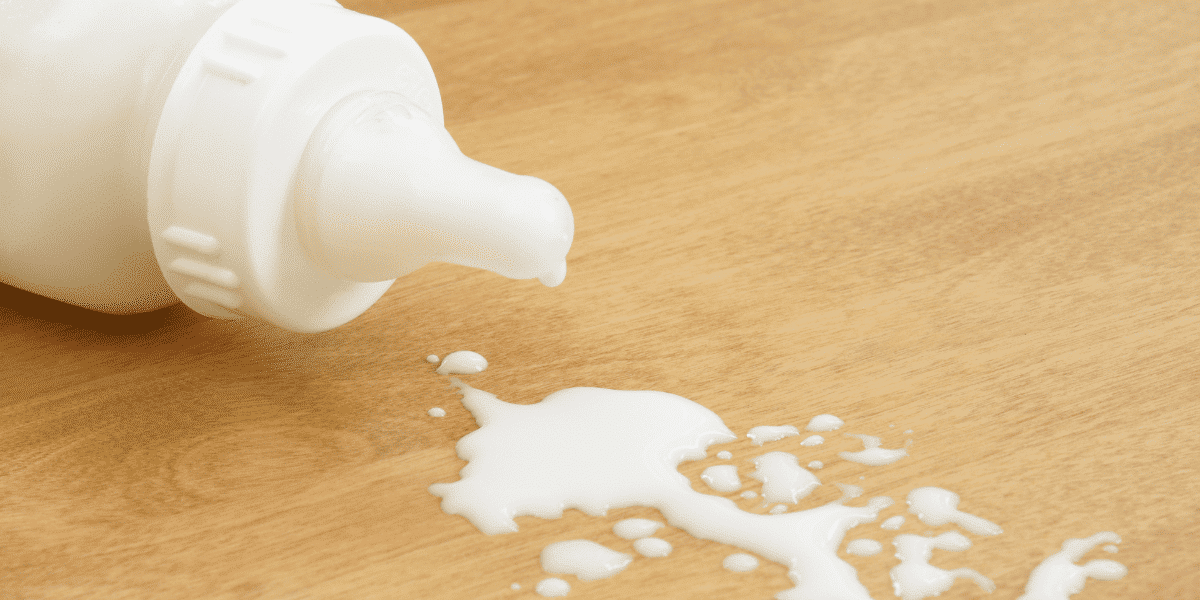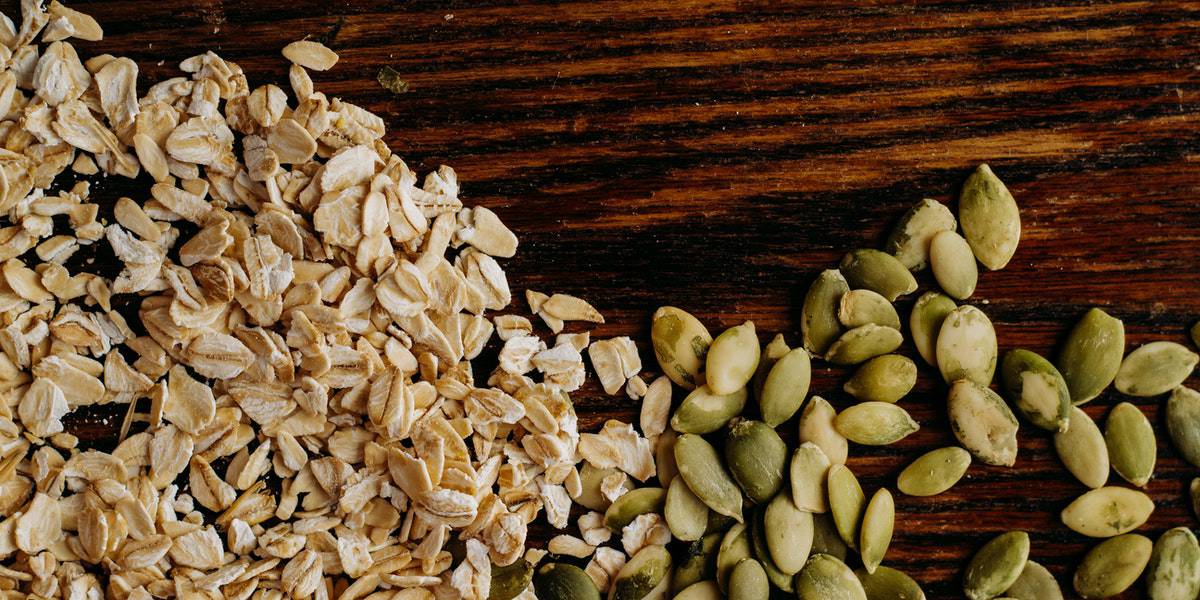Taking care of a newborn baby is a wonderful and transforming experience, but also one that brings a world of anxiety. It’s perfectly normal to worry if you’re doing things right and meeting the needs of your little one.
One common concern among nursing mothers, especially first-time mothers, is whether they are providing enough milk for their newborns. It can be a frustrating process where many mothers will want reassurance in the hope of easing any anxiety and know they are fulfilling their baby’s needs each day.
Many women believe that breasts are completely emptied after a feed just like a bottle. In fact, this is not true. A baby usually removes around 75-80% of milk, so there is always some milk left in the breast.
This leads to the question:
How long does it take for breast milk to refill after a feed?
This is a common question and one this article aims to answer. We will address this question in detail and provide advice on potential ways to increase flow.
As an Amazon Associate, I earn from qualifying purchases. The links below may be affiliate links. Please read my disclosure policy for more information.
Understanding Milk Flow

During the final stages of pregnancy and the first few days after giving birth, a mother’s breasts will produce what is called colostrum. This is a nutrient-rich and highly concentrated milk that is sometimes referred to as ‘liquid gold’. It is that good for your baby!
Colostrum can vary from woman to woman. The color can be anywhere from a greenish-yellow to nearly clear and the consistency is normally thicker than the mature milk that comes in afterwards. Although if it is thinner, this is also perfectly normal.
It is packed with not just nutrients, but antibodies designed to protect your baby from allergies and fight infections.
It also contains essential fats, carbohydrates and protein; everything your baby needs in their early lives. Colostrum is so nutrient-rich they only need a small quantity for them to grow.
The main nutrients in colostrum are:
- Immunoglobulin A. This is an antibody that helps newborns fight infections such as viruses by binding and neutralizing pathogens. It is the first line of defense and is the dominant antibody in your body throughout life.
- Leukocytes. These are white blood cells that also fight infection.
- Lactoferrin. A protein that also provides protection against viruses and bacteria. Not only does it protect against infection, but also has iron-binding properties.
- Minerals. Colostrum is packed with magnesium, zinc and copper. All these aid in building the immune system.
After a few days or so, your body will start producing a hormone called prolactin. This happens when the hormones released by the placenta completely leave the bloodstream.
This hormone promotes milk production and is associated with mature milk.
Oxytocin promotes milk ‘let-down’ that allows the milk to flow to the feeding baby. Some women report a tingly sensation when this occurs, though not all feel anything during this process.
Supply and Demand

How quickly does a breast take to refill? Normally it takes around 20-30 minutes. This length of time allows for a more adequate flow.
If you were to wait an hour or so, the flow would reach its maximum. In fact, your breasts are continuously producing milk. The more often you feed your baby, the sooner your breasts will replenish supplies.
Remember, just as a nursing mother is working out how often to feed, her body is also working out how much milk to produce.
Another important fact to note, your body will not know the difference between pumping and nursing. All it understands is the frequency and how much was removed from each breast.
As mentioned at the beginning, breasts are never truly emptied, but the milk flow will lessen to a point no further milk is expressed during each feed or pump. When this happens, your breasts are classed as ‘empty’. This is when they begin to refill.
However, the more frequently you nurse or pump, the more milk your body will produce. Although this sounds ideal, in fact, you can have too much milk.
Some unpleasant side-effects include engorgement and clogged milk ducts which can lead to inflammation referred to as mastitis.
How much your breasts can store between each feed will vary between women and breast size is not a determining factor. The time mentioned above will also vary and new mothers will find this an opportunity to discover what is normal for them.
Therefore it is a good idea to alternate breasts each time you nurse or pump. This will prevent an oversupply in one breast leading to inflammation.
Also do not be tempted to nurse from the same breast before the 30 minutes have passed as this can also result in too much milk.
Signs of Low Milk Supply

Besides wanting to know how soon your breasts will replenish the consumed milk, making sure your body maintains the required levels as your baby grows can leave mothers anxious.
It’s almost impossible for a mother to know if she is producing exactly the right amount of milk for her baby. However, there are signs that tell you if this happens.
Firstly, your baby may be waking too frequently at night. If you feel the nightly feeds are too often and it’s leaving you overly exhausted, it may be that your little one is not getting their fill in a single feed.
It’s equivalent to them having a light snack rather than a full meal, causing them to wake sooner for the next feed.
If you offer your baby a bottle after a feed and they take it, this could be a sign they are still hungry after breastfeeding.
Your breasts can start feeling softer than they should. This is a sign your body is not producing enough milk for each feed.
This is especially obvious if your breasts were fuller and firmer in the first few weeks compared to now.
Your baby might fuss if you try to put them down. This could be a sign they are still hungry. Provided you have winded your baby sufficiently so you know it is not painful trapped wind or signs of colic, their fussing could be hunger.
Newborns typically lose weight at first, then start to put it back on as they develop. If your baby is not gaining weight and producing less than 6 wet diapers a day after the first 5 days, this could be a sign your breasts are not producing enough milk.
Feeds can either be too short or too long. The breast is either emptying too soon or your baby is trying their best to fill their belly by suckling for as long as possible.
Risk factors of low milk supply

There are factors that can contribute to a low milk supply. It is suggested that waiting too long to begin breastfeeding, substituting with formula milk and a poor latch can result in lower levels.
Other factors include:
- Premature birth
- Tubular breasts/unusually small or unevenly-sized/widely spaced breasts
- Reduction surgery or radiation.
- Hormonal conditions that result in thyroid issues or Polycystic Ovary Syndrome (PCOS)
- Poorly managed diabetes controlled with insulin
- Retained placenta
- Medications.
Certain medications can affect a mother’s milk supply. It’s important to check the side effects of any medications and discuss this with your health professional if breastfeeding is something you want to do.
Some types of oral contraceptives can also affect milk supply. Estrogen in the contraceptive pill can suppress milk production so many health professionals will recommend Progesterone only pill or mini pill.
Alcohol and smoking are also known to affect milk supply. If you gave up alcohol and smoking while pregnant, it is advised to refrain from starting again while breastfeeding.
How Can You Increase Milk Supply?

There is nothing to prevent you from trying to increase your supply if you think your baby is not gaining sufficient weight. It will require a lot of effort to increase the amount your body produces, but it is by no means impossible.
The options discussed next have not been through any clinical trials to prove they work, but that does mean women can’t try them. What will work for one person, may not work for another.
Word of mouth and trial and error can assist in the decision-making and if you find one method does help, then there’s no reason to stop.
Lactogenic foods
Nuts and Seeds. These are foods thought to improve milk flow. Nuts and seeds such as pumpkin, sesame and fennel seeds are thought to help.
Almonds, cashews, peanuts and hazelnuts are also thought to increase milk production. Eat them as they are for a healthy snack or add them to meals and cereals for a well-balanced diet.
Grains. This includes oatmeal, barley and cornmeal. Start the day with a bowl of hearty porridge and it can be a great way to help in encouraging milk production as well as provide your body with valuable nutrients.
Vegetables and Fruit. Mushrooms, sweet potato, broccoli, asparagus and lettuce are believed to be excellent lactogenic foods. Fruits include apricots, peaches, nectarines and cherries offering a tasty and healthy treat that’s believed to increase supplies.
Lactation Cookies. These are tasty treats made with oats, fenugreek, flaxseed and brewers yeast. A quick search on the internet will reveal a multitude of recipes to try.
The cookies are packed with all the nutrients that are thought to improve milk levels.
Herbs
This list is not exhaustive, but is just some of the herbs out there thought to help nursing mothers with their milk production.
No studies have proved their effectiveness, but if you wish to try one and see if it helps, speak to your doctor first before you start supplementing your diet with any herbs.
Hydration
Drink plenty of water to keep hydrated while breastfeeding and limit caffeinated drinks or those packed with sugar. A well-balanced, healthy diet can go a long way in providing good quality milk and a new mother the energy she needs to take care of her baby.
Other things to consider are ensuring your baby is latched on properly and swallowing, feeding at regular intervals and pumping for longer to ensure each breast is emptied.
Alternating breasts during nursing to prevent engorgement or decreasing supplies. Always make sure you get plenty of rest. This can be difficult for some, but rest is more important than household chores.
Massaging the breast while your baby feeds is another way to assist with ‘let-down’. Pumping for around 10 minutes after you have breastfed is also an effective way of telling your body to produce more milk and is known to be the most effective method.
However, as previously discussed, do not pump beyond the advised time as it could result in overproduction.
Conclusion

So, there you have a detailed guide on how quickly breasts refill after nursing and guidance on how to improve milk supply.
Always discuss any issues with your lactation consultant or midwife if you have concerns regarding nursing and always speak to your doctor before taking supplements or making any major dietary changes.
Motherhood is a journey of discovery, learning and bonding. Never compare yourself to others and remember, each mother and baby is unique.









